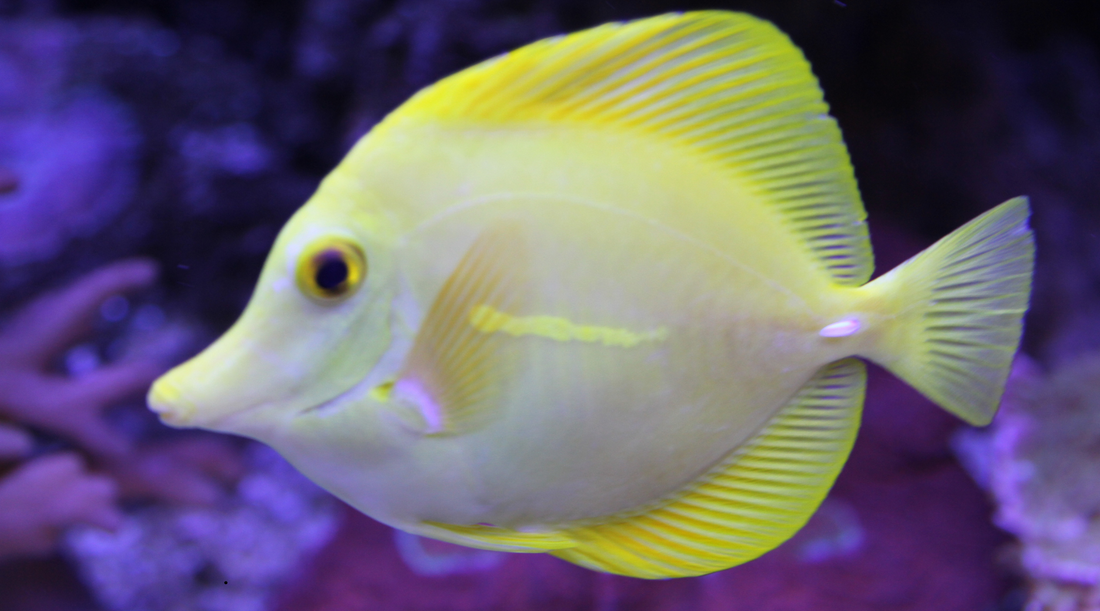Understanding Saltwater Ich: Identification, Life Cycle, and Treatment
Saltwater Ich, also known as Marine Ich or Cryptocaryon irritans, is one of the most common and troublesome parasites found in marine aquariums. This tiny, parasitic protozoan causes significant stress and can be fatal to saltwater fish if not addressed promptly. Understanding what saltwater ich is, its life cycle, and how to treat it is essential for maintaining a healthy marine aquarium.What is Saltwater Ich?
Saltwater Ich is caused by the protozoan Cryptocaryon irritans. This parasite primarily infects the gills, skin, and fins of marine fish, leading to the formation of small, white cysts that resemble grains of salt or sugar. These cysts, often mistaken for other conditions, are a clear sign of infection.
Symptoms of saltwater ich include:
- White spots: Small, white cysts on the fish's body, fins, or gills.
- Scratching or rubbing: Infected fish often try to scratch against objects in the tank to relieve irritation.
- Labored breathing: As the gills become infected, fish may exhibit rapid or labored breathing.
- Lethargy and loss of appetite: Affected fish may become less active and refuse to eat.
Saltwater ich is highly contagious and can spread quickly through an aquarium, particularly when fish are stressed due to poor water quality, fluctuating temperatures, or overcrowding.
The Life Cycle of Saltwater Ich
Understanding the life cycle of Cryptocaryon irritans is crucial for effective treatment. The parasite goes through four distinct stages:- Trophont Stage (Feeding Stage): This is the visible stage where the parasite attaches itself to the fish, feeding on its skin and gill tissues. During this stage, the parasite forms the characteristic white cysts.
- Tomont Stage (Reproductive Stage): After feeding, the trophonts drop off the fish and encyst on the substrate or other surfaces in the aquarium. Within the cyst, the parasite divides multiple times, producing hundreds of new infective stages.
- Tomite Stage (Prey-Searching Stage): Once the tomont matures, it releases tomites, which develop into theronts. These are free-swimming forms of the parasite, searching for a new host to infect.
- Theront Stage (Infective Stage): The theronts are the infective stage of the parasite. They swim freely in the water and must find a host fish within a short period (usually 24–48 hours) or they will die. Once they find a host, they penetrate the fish's skin, gills, or fins, beginning the life cycle anew.
Treatment of Saltwater Ich
Effectively treating saltwater ich requires a multi-faceted approach, as the parasite can exist in various stages within the aquarium. Here are some of the most effective treatment methods:- Quarantine: Isolating infected fish in a separate quarantine tank is one of the best ways to prevent the spread of saltwater ich. The quarantine tank should be treated with medication, and the main display tank should be left fish-free for at least 4-6 weeks to allow the parasite to die off.
- Medications: Copper-based medications are commonly used to treat saltwater ich, as copper is toxic to the parasite. However, copper can also harm invertebrates and corals, so it is important to only use these treatments in a fish-only quarantine tank. Other medications include formalin and malachite green, but these are less commonly used.
- Hyposalinity: Lowering the salinity of the water can be an effective treatment, as Cryptocaryon irritans cannot survive in low-salinity environments. This method involves gradually reducing the salinity to around 1.009-1.010 specific gravity and maintaining it for several weeks. It's important to monitor fish closely, as not all species tolerate hyposalinity well.
- Temperature Adjustment: Raising the water temperature can speed up the life cycle of the parasite, bringing it to a stage where it can be treated more effectively. However, this method should be used cautiously, as some fish species are sensitive to temperature changes.
- UV Sterilization: Installing a UV sterilizer in the aquarium can help reduce the number of free-swimming theronts in the water, thereby reducing the chances of infection. UV sterilizers are not a standalone treatment but can be a useful part of an integrated approach.
- Garlic and Immune Boosters: Some aquarists use garlic and other immune-boosting supplements to help fish fight off infections. While not a cure, these can help fish resist the parasite and recover more quickly.
Prevention and Management
Preventing saltwater ich is easier than treating an outbreak. Here are some preventive measures:- Quarantine New Fish: Always quarantine new fish for at least 2-4 weeks before introducing them to your main display tank. This helps prevent the introduction of parasites.
- Maintain Water Quality: Poor water quality can stress fish and make them more susceptible to infections. Regular water changes, proper filtration, and monitoring of parameters like ammonia, nitrite, nitrate, and pH are essential.
- Avoid Overcrowding: Overcrowded tanks can lead to stress and higher chances of disease transmission. Ensure that your aquarium is appropriately stocked.
- Feed a Balanced Diet: Providing a varied and nutritious diet helps keep fish healthy and better able to resist infections.

